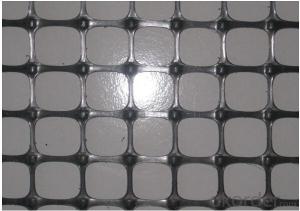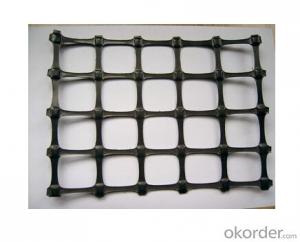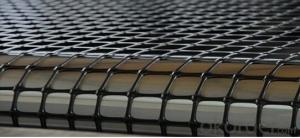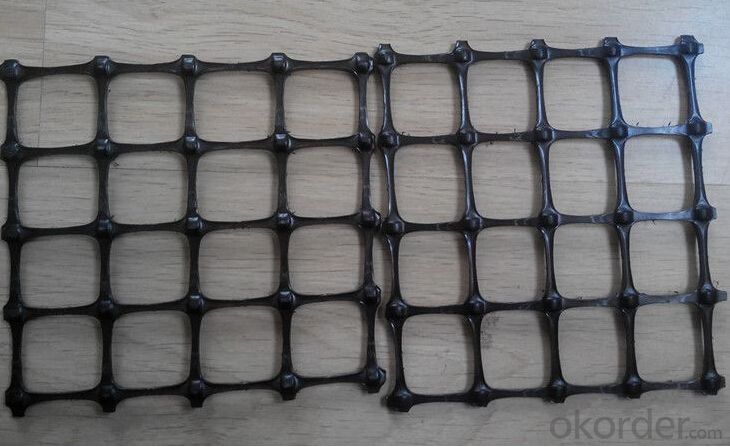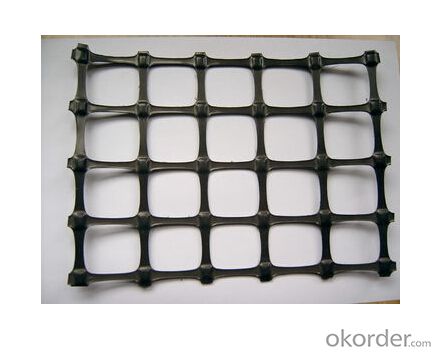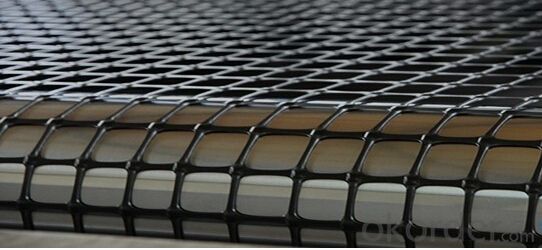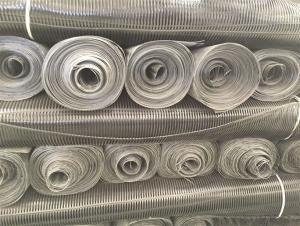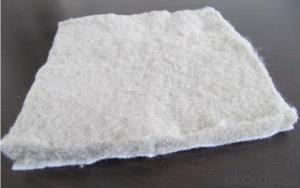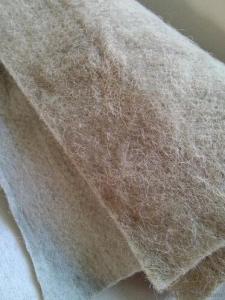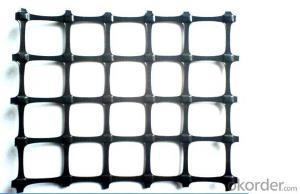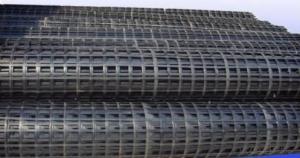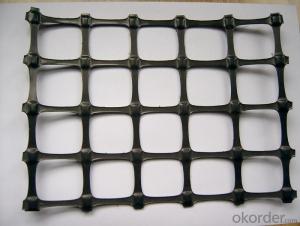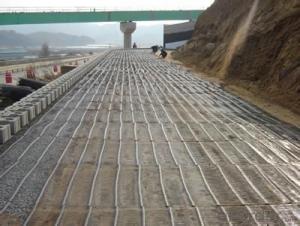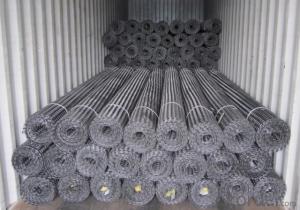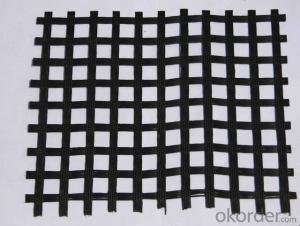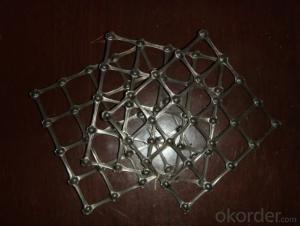Standardpark Geocells Polypropylene Biaxial Geogrid with CE Certification
- Loading Port:
- Qingdao
- Payment Terms:
- TT OR LC
- Min Order Qty:
- 5000 m²
- Supply Capability:
- 300000 m²/month
OKorder Service Pledge
OKorder Financial Service
You Might Also Like
1. Introduction of PP Biaxial Geogrid
Biaxial geogrid, made of high molecular polymer, is extruded into sheet and then punched into regular mesh pattern, and finally stretched in longitudinal and transverse directions
2. Introduction of PP Biaxial Geogrid
1). With high tensile strength in longitudinal and transverse directions
2).This structure can provide an chain system of more effective force bearing and spreading for the soil.
3. Application of PP Biaxial Geogrid
1). With high tensile strength in longitudinal and transverse directions
2).This structure can provide an chain system of more effective force bearing and spreading for the soil
4. Technical Data and Specification of PP Biaxial Geogrid
Spec Item | TGSG15-15 | TGSG20-20 | TGSG30-30 | TGSG40-40 | TGSG45-45 |
Longitudinal Tensile Strength ≥(KN/m) | 15 | 20 | 30 | 40 | 45 |
Transverse Tensile Strength≥(KN/m) | 15 | 20 | 30 | 40 | 45 |
Longitudinal Elongation≤(%) | 15 | ||||
Transverse Elongation≤(%) | 13 | ||||
Longitudinal Strength at 2% Strain ≥(KN/m) | 5 | 7 | 10.5 | 14 | 16 |
Transverse Strength at 2% Strain ≥(KN/m) | 5 | 7 | 10.5 | 14 | 16 |
Longitudinal Strength at 5% Strain ≥(KN/m) | 7 | 14 | 21 | 28 | 32 |
Transverse Strength at 5% Strain ≥(KN/m) | 7 | 14 | 21 | 28 | 32 |
Remark | Roll Length:50m Roll width:1~4m | ||||
5. RFQ:
1) What's your payment terms?
T/T, L/C at sight, etc
2) What's your delivery time?
Within 15-20days against your deposit or original L/C received
3) Can you accept third party test?
Yes, we can accept it totally, SGS, BSJ, etc are no problem for us.
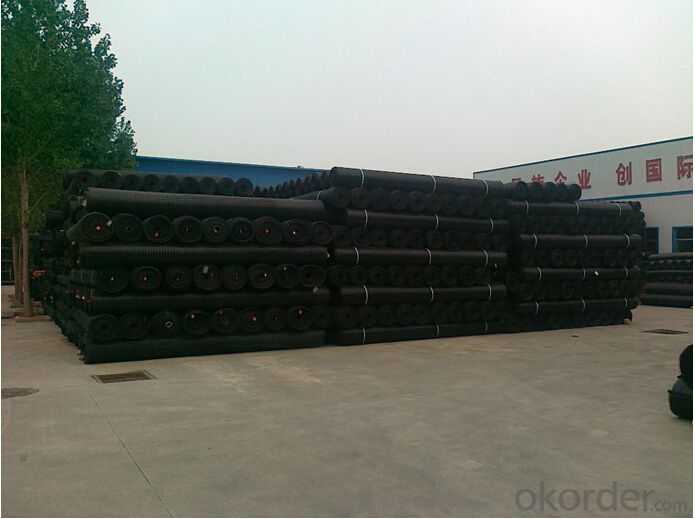

- Q: Can geogrids be used in ground improvement techniques?
- Yes, geogrids can indeed be used in ground improvement techniques. Geogrids are commonly employed to reinforce and stabilize weak soils, providing increased strength and stability to the ground. They are often used in applications such as retaining walls, embankments, and road construction to enhance the load-bearing capacity and prevent soil erosion. By distributing the load more evenly and reducing settlement, geogrids effectively improve the overall performance and longevity of the ground.
- Q: What materials are geogrids made of?
- Geogrids are typically made of high-strength polymers, such as polyester or polyethylene, which are woven or knitted to create a grid-like structure.
- Q: How do geogrids improve the performance of asphalt pavements?
- Geogrids improve the performance of asphalt pavements by providing reinforcement and stability. They effectively distribute the load across the pavement structure, reducing cracking and rutting. Additionally, geogrids enhance the overall strength and durability of the pavement, thus extending its lifespan and reducing maintenance costs.
- Q: Product specifications and performance parameters of glass fiber grating
- Glass fiber geogrid technical parameters classification model breaking strength (KN/m) elongation at break (%) mesh size (mm * mm) width (m) meridional zonal glass fiber geogrid
- Q: What is the typical weight of a geogrid roll?
- The typical weight of a geogrid roll can vary depending on the specific type and size of the geogrid. However, on average, geogrid rolls can weigh anywhere from 50 to 500 pounds.
- Q: Technical specifications of glass fiber grating
- Specification EGA1 * 1A-N EGA1 * 1CA-N EGA1 * 2A-N EGA2 * 2C-N EGA1 * 1A EGA1 * 1CA EGA1 * 1B EGA2 * 2A EGA2 * 2CA * 2B fracture strength of EGA1 * EGA2 * EGA2 * 2B-N * 1B-N * 1C * EGA2 *
- Q: What is the tensile strength of geogrids?
- The tensile strength of geogrids can vary depending on the specific type and manufacturer, but it is generally high, ranging from several hundred to several thousand pounds per foot.
- Q: Glass fiber grille modified asphalt, polyester grille coated PVC.
- It has 18 kinds of grid equipment production line, the main production and operation of all kinds of glass fiber geogrid, warp knitted polyester geogrid, unidirectional tensile plastic geogrid, two-way stretch plastic coal mine supporting soil to help network, with two-way welding plastic top net plastic composite geogrid, coal mine under biaxial tensile plastic,
- Q: Glass fiber mesh cloth is mainly used in what place
- Main applications are widely used in
- Q: What are the differences between geogrids and geonets?
- Geogrids and geonets are both geosynthetic materials used in civil engineering and geotechnical applications, but they have distinct differences. Geogrids are typically composed of high-strength polymers or fiberglass with a grid-like structure, offering tensile reinforcement to soil or other materials. They are primarily used for soil stabilization, slope reinforcement, and retaining wall construction. On the other hand, geonets are three-dimensional, open-mesh structures made of polymer materials. Geonets provide drainage and filtration capabilities, making them suitable for applications such as landfill leachate collection, erosion control, and gas venting. While geogrids focus on soil reinforcement, geonets specialize in drainage and filtration functions.
Send your message to us
Standardpark Geocells Polypropylene Biaxial Geogrid with CE Certification
- Loading Port:
- Qingdao
- Payment Terms:
- TT OR LC
- Min Order Qty:
- 5000 m²
- Supply Capability:
- 300000 m²/month
OKorder Service Pledge
OKorder Financial Service
Similar products
Hot products
Hot Searches
Related keywords
